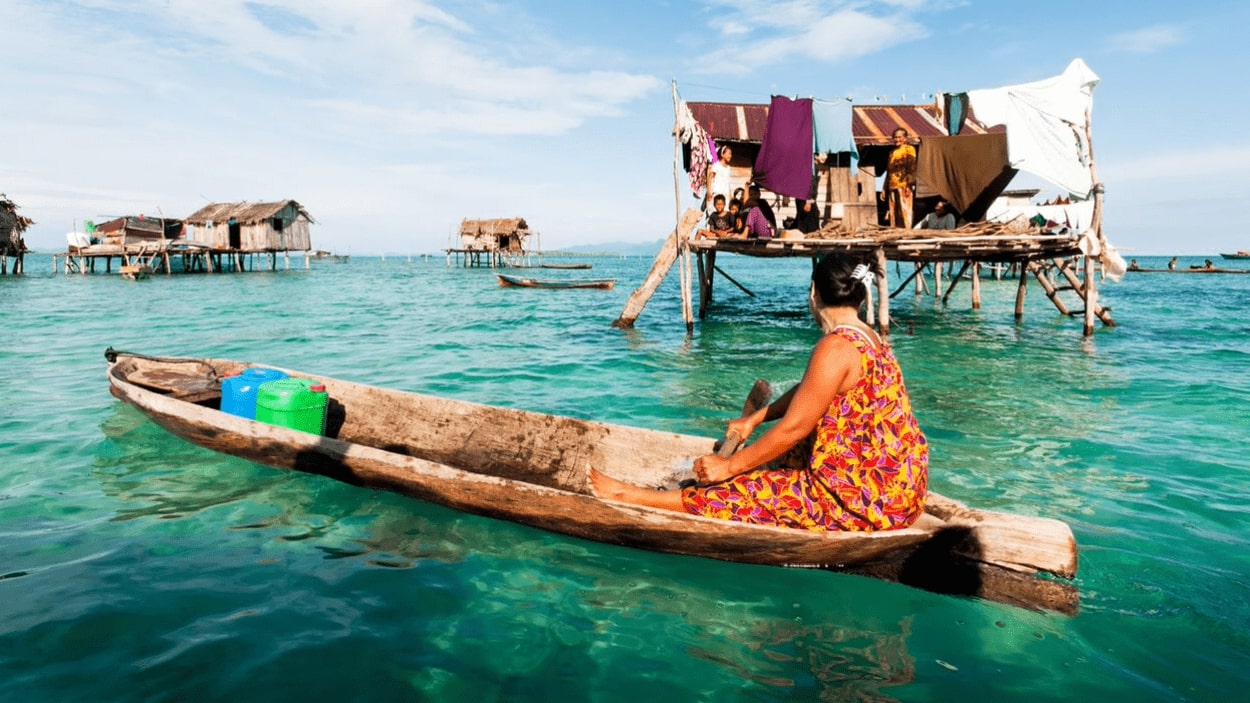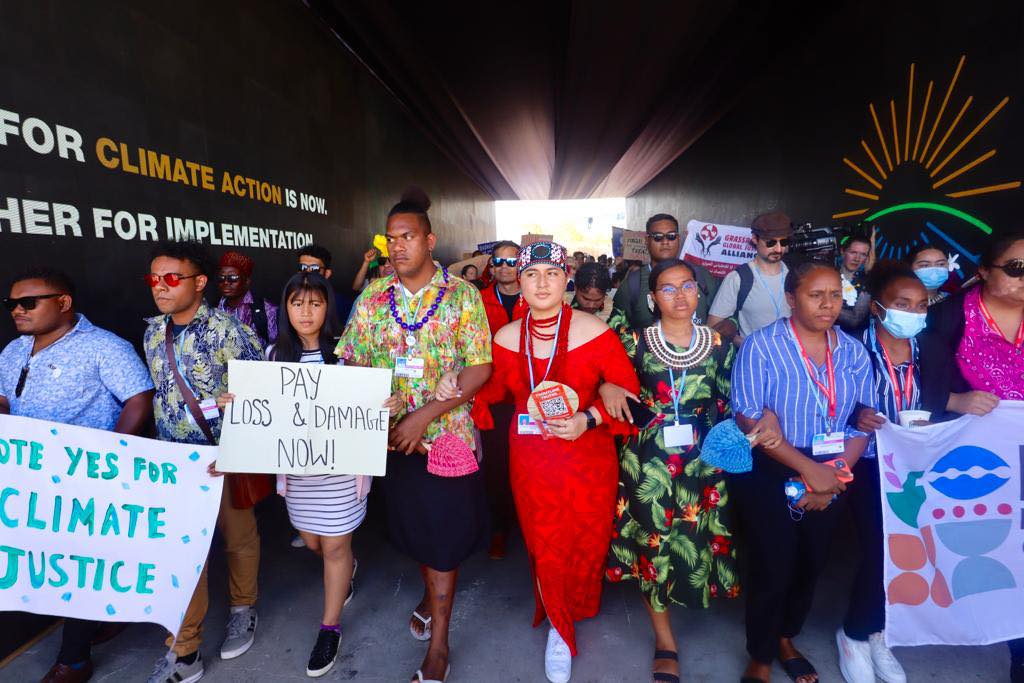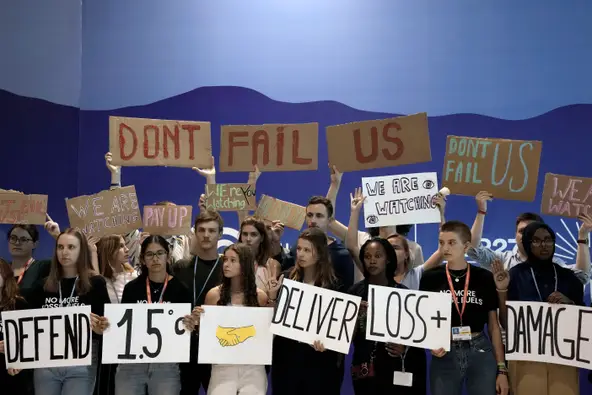As Pacific islanders experience extreme cyclones, what becomes of those in thatched fales? Where do they seek refuge when their homes are destroyed and they do not have the resources to build back?, writes Lagipoiva Cherelle Jackson
In a thatched fale, a traditional Samoan open home, the sound a cyclone makes is harsh, raw and scary.
In the modern version of a fale, an open rectangular structure with corrugated iron roofing and no ceiling, it is also loud, and even scarier, as the roar of the wind pushes the roofing upwards, consistently banging the metal on the wooden frame, causing one to be alert – for at any given moment, the roof can be blown off entirely.
I lived through many number of cyclones with my mother, siblings and extended family in our village of Safua in Savai’i.
My mother had lived through more, on the coastal village of Fagamalo. She had experienced cyclones over thatched fales and corrugated-iron-roofed homes. During the last cyclone we experienced, she was at my house in town, a raised modern property that was cyclone-proofed, protected from the elements.
On the first day, as we sat in the living room, watching the wind through the glass sliding doors, protected by meshed wiring. She said: “It’s quiet.” The cyclone was in full force outside, trees were being uprooted, homes were destroyed before our eyes and the river that runs through the land was overflowing into people’s homes. I looked at her and we sat there for what seemed like an eternity, struggling to listen to the sounds of the cyclone.
It was then that I realised that, transitioning from living traditionally in Savai’i to the town of Apia, in modern dwellings, we had experienced the disparity in the impact of the climate crisis and lived through it.
She was right: in an open fale, even when it is boarded up, you are barely protected from the winds and the rain, and most certainly not from flying debris. In a modern house, you have no worries other than losing power and water, and even then, those things can be addressed with a generator and a water tank.
The climate crisis hits those without the means the hardest, because when their homes are destroyed they do not have the resources to build back without state or external assistance. This is the same the world over: those without means, who live in structures that cannot survive cyclones, are the first and hardest hit. The slums, the rural areas, the coastal areas, affordable housing structures and multigenerational homes, whether it be in India, Sri Lanka, the UK, the US or anywhere, the climate crisis hits marginalised communities the hardest.
When a cyclone hits a Pacific Island, apart from the direct impact on key infrastructure and services, it takes down banana crops and pulls breadfruits from trees, and overnight the food stables and livelihoods of thousands of islanders are wiped away. These can take years to recover. Sometimes there can be no recovery. The aftereffects of cyclones are felt for years, depending on the severity.
As Cop27 rolls on in Egypt, this issue of the disparity between the rich and poor and their experience of the climate crisis is one that deserves more attention and touches at the very core of the loss and damage discussion.
Those responsible for high emissions also continue to be the most influential voices at the summit, but those who experience the most direct impacts of the climate emergency, who are not as influential, also continue to call for more urgent action on the global crisis.
But when the marginalised communities in high-emitting countries experience the worst of the climate crisis, does it change the dynamics of loss and damage, when the offender becomes the wounded, would that make the issue more relatable to the global north?
As Pacific islanders continue to experience more extreme and frequent cyclones, what becomes of those in thatched fales? How is the global community going to address the continued disparity between the climate impact on those with the means and those without? The Egypt conference is the 27th summit, and is continuing to engage in pre-existing discussions on the global climate crisis. But what if it fails? Where do those in thatched fales seek refuge?
This opinion is by Lagipoiva Cherelle Jackson, originally published at The Guardian on 18 November 2022, reposted via PACNEWS.



